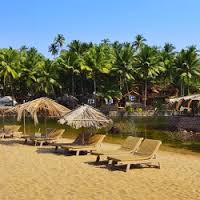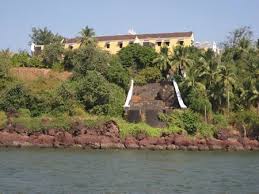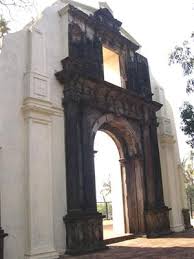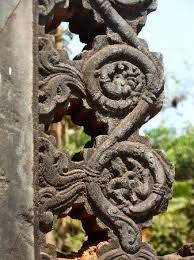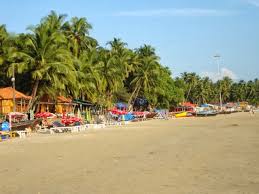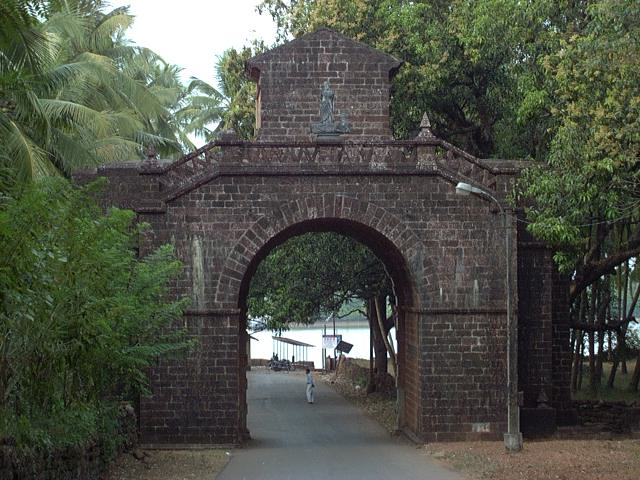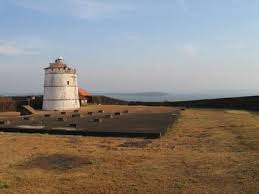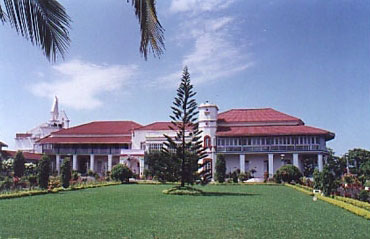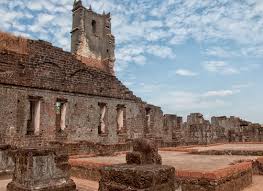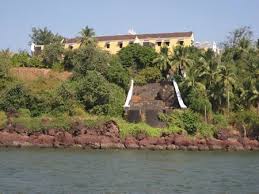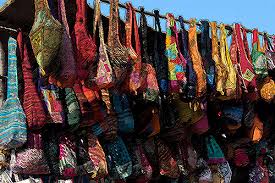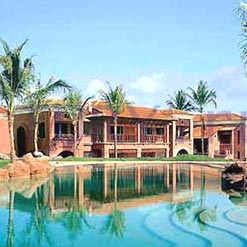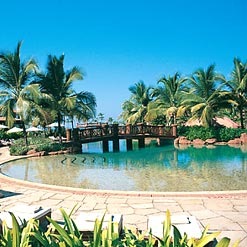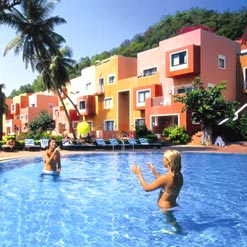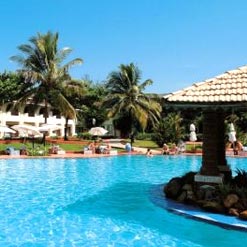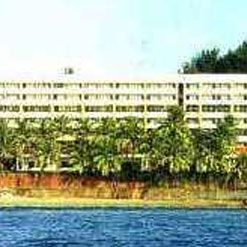Goa Travel
Goa, India, is called the “Land of Sun & Sand”, and is one of the most famous tourist destinations of India and Asia. Cozy and congenial beaches of Goa are world famous for enticing a huge number of national & international tourists every year. Goa Travel Forum offers excellent tour & travel arrangement, management, and execution of lavish tours and the enjoyment of well-rounded touring experience. Moreover, Goa travel forum believes in providing gratifying touring pleasure at economical charges to serve our myriads of national and international tourist optimally. Congenial and salubrious climate of Goa (India) is highly expedient enough to refresh and rejuvenate you, while the natural splendors are celestial enough to make an indelible imprint on your mind.
